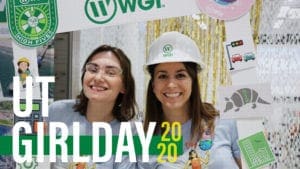
Video: Introduce a Girl to Engineering Day – Girl Day 2020
With more than 1,400 volunteers from UT Austin, nonprofit organizations, and AEC firms, Girl Day has become the largest event of its kind in the United States!
Learn from award-winning professionals — explore our whitepapers, blogs, and the latest industry updates.
Join our dynamic organization of engineers, land surveyors, landscape architects, environmental scientists, and architects!
Talk to a market leader today! We’ll answer any questions you have about our professional services.

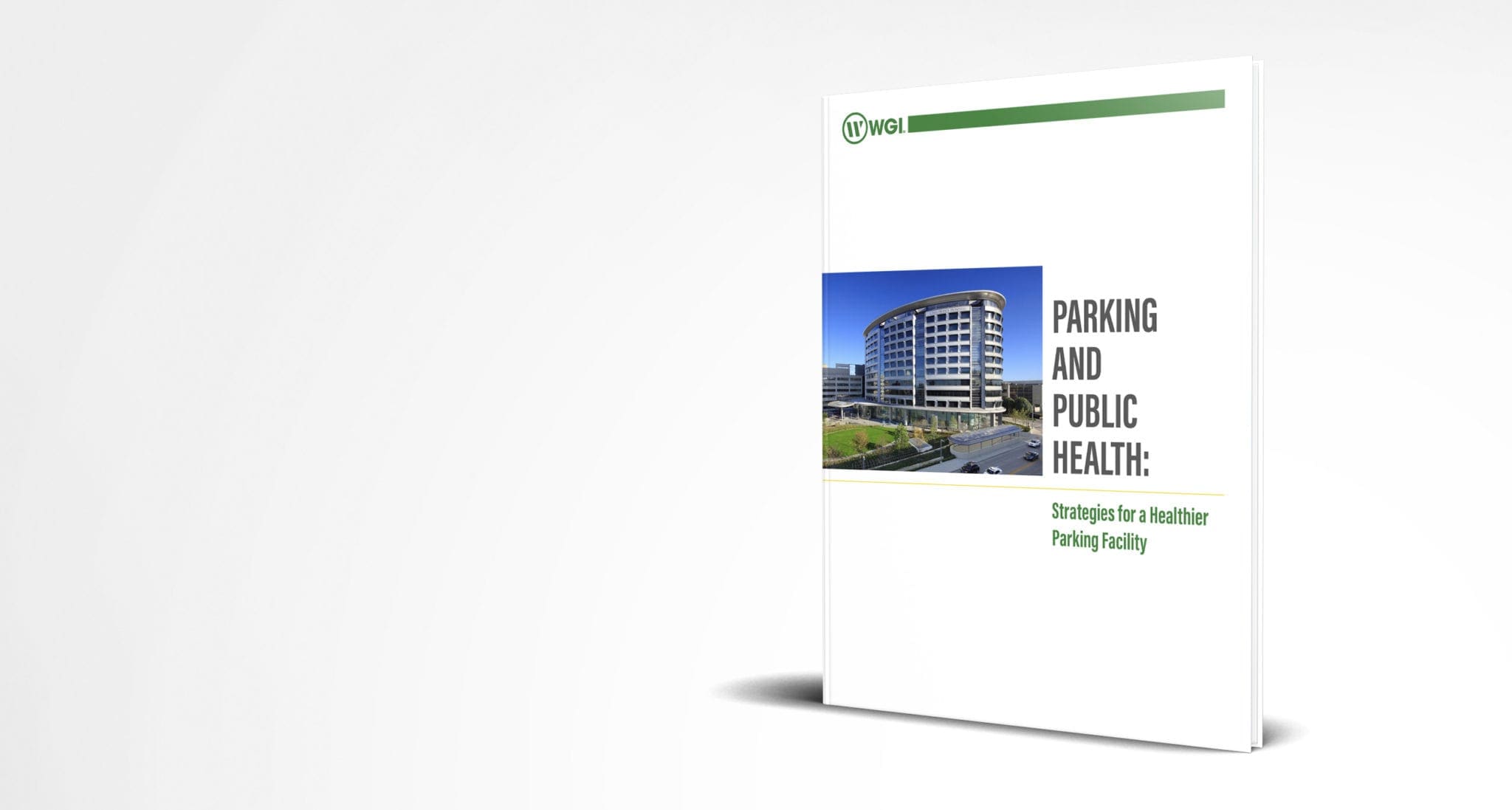
Parking and Public Health: Strategies for a Healthier Parking Facility
These are challenging times for everyone. Facility owners and managers are struggling to keep their buildings operating safely in a time of pandemic, and it’s not an easy task. As you work to protect your employees and patrons during this crisis, don’t forget your parking facilities.
Like other common areas, parking facilities present a number of challenges when it comes to protecting employees and visitors from the COVID-19.
For example, there are numerous touch surfaces that may have been used by many other people, and on which the virus can live, potentially for several days. But for most, shutting down parking areas isn’t an option. For many owners, parking is still an important source of revenue. For others, such as hospitals and emergency healthcare centers, it’s an essential service that provides access to the facility for patients, doctors, nurses, and staff.
As challenging as it may be, there are steps you can take to make your parking areas safer and protect your employees and visitors.
Sanitation is of paramount concern, particularly in common areas. Until this crisis passes, it’s advisable to use hospital grade cleaning supplies recommended by experts. It is important to not only consider those parking in the garage, but to also consider frontline staff that are working tirelessly to keep operations afloat.
During this crisis, adhere to the guidelines established by the Centers for Disease Control (CDC). The CDC recommends cleaning hard, non-porous surfaces with a detergent or soap before disinfecting them. For disinfection, most common EPA-registered household disinfectants should be effective as long as you adhere to the manufacturer’s instructions for concentration, application method, and contact time.
For electronics, the CDC recommends following the manufacturer’s instructions for cleaning and disinfecting their products. If no manufacturer guidance is available, alcohol-based wipes and sprays containing at least 70% alcohol should be effective.
There are a number of common touchpoints that require particularly aggressive cleaning. The most obvious are doors and door handles, stairway handles, and elevators and elevator lobbies. In elevators and elevator lobbies, it’s particularly important to pay close attention to call buttons. Frequent cleaning is called for, and if you can obtain extra sanitizing wipes, it makes sense to leave them in common areas so employees and visitors can wipe down any surfaces they touch. Not only does this protect them, but it protects others who will be touching those surfaces after them.
Another area of parking where sanitation is essential, but which could easily be overlooked, is technology. PARCS equipment, pay-on-foot, and on-street parking meters are all active touchpoints.
People are using them all day long to pay for parking, so it’s imperative to frequently clean their surfaces and, when possible, offer sanitary wipes so visitors can clean them off before using them. Also, launch a marketing campaign to encourage your patrons to download the parking app and set up touchless payments.
However, as important as sanitation is, it’s not enough. No matter how much you wipe down your equipment or what solutions you use, it only takes one sick person to contaminate your facilities. And when that happens, your parkers and staff are at risk. That’s why it’s vital to consider other strategies, as well.
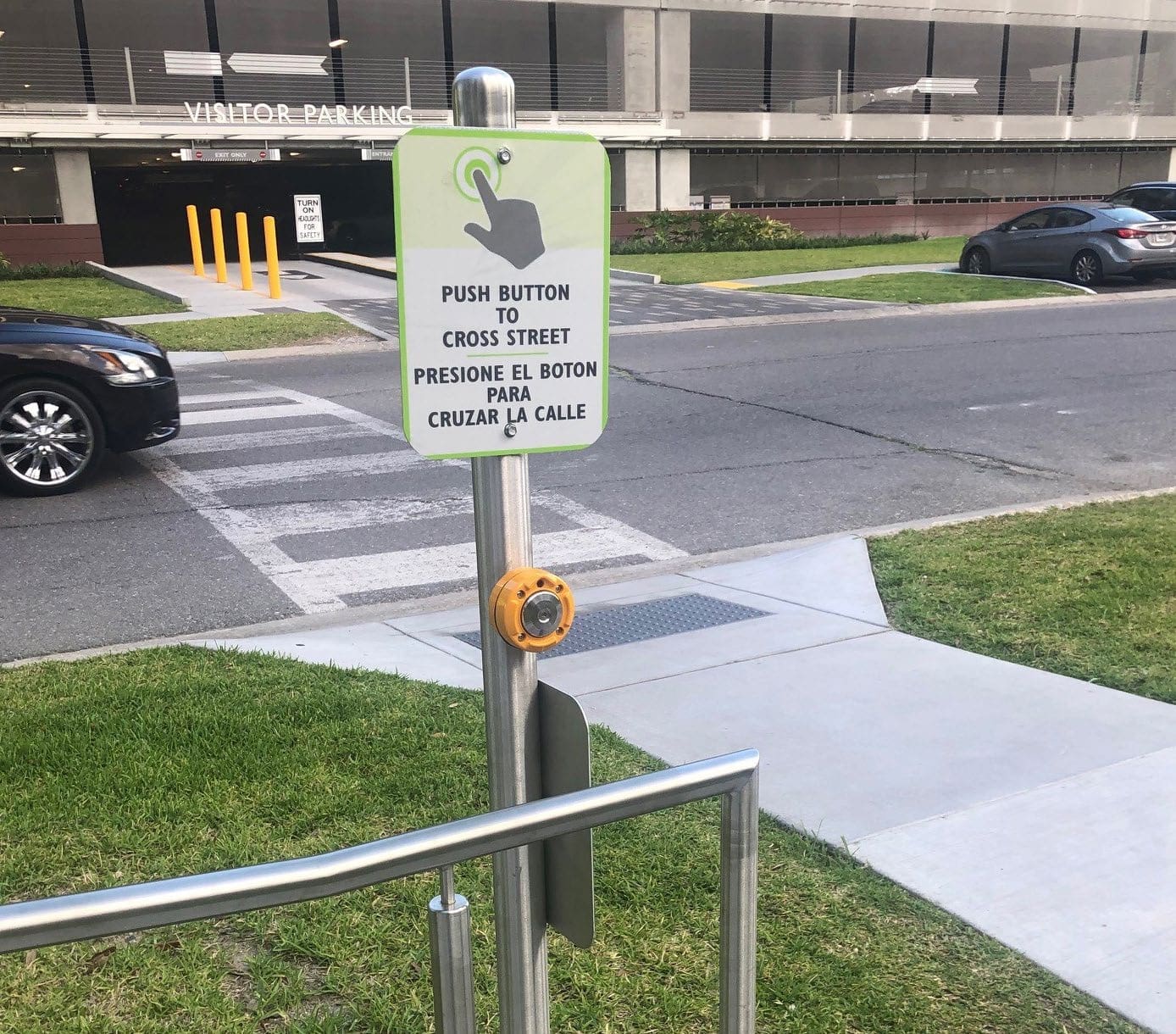
Speaking of parking technology, there are a number of ways in which technology can help protect patrons and promote public health. Facilities that have frictionless technologies in place are at an advantage in this regard.
Frictionless parking uses various technologies—advanced parking access & revenue control (PARCS), license plate recognition (LPR) or automatic vehicle identification (AVI), parking guidance, and sometimes pre-booking—to allow drivers to pre-pay or establish payment credentials and then enter and exit garages without having to stop to pull a ticket upon entering or pay upon exiting. To use frictionless parking, drivers either reserve parking or set up an account with payment credentials that are tied to their license plate number. When the driver arrives at the garage their vehicle is recognized by LPR technology, or they flash a bar code provided by a pre-booking platform, and the entrance gate raises to let them in. When they are ready to leave, the same system works—LPR recognizes them or the bar code is again scanned—and their account is charged. There are now parking options available that don’t require gates, but instead utilize LPN technology for access management.  With frictionless parking there’s no need for the driver to touch any equipment.
With frictionless parking there’s no need for the driver to touch any equipment.
There are other technologies in common use that can also promote public health. For instance, if you already offer mobile payment, encourage your parkers to use it. It’s much safer right now for them to be handling their own mobile devices to pay than using the shared screens of PARCS equipment, pay-on-foot machines, or meters. Most of us associate mobile payment with municipal on-street parking, but many private parking owners and operators also offer it to improve convenience and make parking more manageable. If your organization offers mobile payment, now is the time to aggressively promote that tactic to increase adoption.
Likewise, parking pre-payment platforms can also promote public health by allowing drivers to reserve and pay for parking in advance. As mentioned earlier, drivers who pre-book don’t have to touch PARCS or payment equipment when they use parking facilities. Both mobile payment and parking pre-booking platforms are easily obtained if you don’t currently offer them, and they typically are available at minimal, if any, cost to owners and parkers.
Finally, you can promote public health through your operational strategies. For instance, even if you can’t close parking facilities all together, you may be able to close some sections. Parking utilization is down right now for most owners (aside from health care providers and organizations providing emergency services). By closing sections of parking facilities and concentrating services in specific sections of your parking facility, you can reduce the area that needs to be regularly sanitized. Don’t forget about those overdue maintenance repairs. It could potentially be a good time to have repairs completed in those closed sections of the garage. Not only is it safer, but it can be more economical to perform that work during normal business hours. Communication is also vital. You want to clearly communicate to parkers important messages about how to safely use parking facilities. Many parking owners use dynamic signage at entrances and at gateways to elevator and stair towers to remind parkers not to touch surfaces and tell them how to get to their ultimate destinations most quickly and directly. Dynamic signs are particularly useful because they can be programmed with new, real-time, messages that can be updated quickly as circumstances change. During the current circumstances, it is especially important that owners over-communicate practices in place to ensure the safety and health of anyone entering a parking facility.
Communication is also vital. You want to clearly communicate to parkers important messages about how to safely use parking facilities. Many parking owners use dynamic signage at entrances and at gateways to elevator and stair towers to remind parkers not to touch surfaces and tell them how to get to their ultimate destinations most quickly and directly. Dynamic signs are particularly useful because they can be programmed with new, real-time, messages that can be updated quickly as circumstances change. During the current circumstances, it is especially important that owners over-communicate practices in place to ensure the safety and health of anyone entering a parking facility.
In the emergency planning process, parking should always have a place at the table. As you plan for public health contingencies and circumstances as they arise, not to mention planning for future contingencies, parking planners and administrators should always have a part in these discussions. With the abundance of common touchpoints in parking facilities, it’s vital for parking administrators to be part of the public health discussion.
Finally, parking facilities are where visitors and employees have their initial contact with your building, complex, or campus. Parking managers can provide insight on the number of people visiting every day, and they know when they tend to arrive and how long they tend to stay. They have access to unique, vital data that can help building, complex, and campus leaders better manage their facilities. So, consider adjusting your current parking operations manuals to include emergency scenarios from a parking professional.
These can be difficult—and scary—times. As you build strategies for protecting visitors and employees from COVID-19 and other public health threats, don’t forget to include parking experts in your planning.

Parking and Public Health: Strategies for a Healthier Parking Facility
For more information about healthcare Parking Solutions or to have a conversation
with one of our experts, please contact us:

WGI is a national design and professional services firm leading in technology-based solutions for the construction of public infrastructure and real estate development. At WGI, we’re providing Tomorrow’s Infrastructure Solutions Today.

With more than 1,400 volunteers from UT Austin, nonprofit organizations, and AEC firms, Girl Day has become the largest event of its kind in the United States!
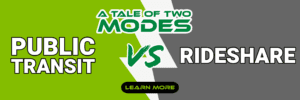
Time, convenience, and cost. Uber’s ridesharing service and San Antonio’s public transportation service are pitted against each other in an enticing competition.

In our latest Project Spotlight, WGI provided innovative parking planning and design services for the Port of Galveston (also known as the “Port of Everything”).

WGI was ranked in the top 200 for the tenth consecutive year by Engineering News-Record (ENR) on their Top 500 Design Firms List for 2024.
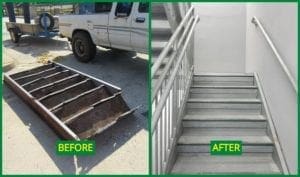
WGI’s Restoration Team took it “one step at a time” as they carefully designed and oversaw the construction of an aging parking garage stair tower at CP
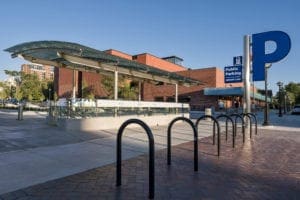
Underground parking is an ideal way for a city to make better use of public real estate, encourage private development, and return public property to the tax roll.
You’ve been searching for a place like WGI. We look forward to meeting you soon.
These are challenging times for everyone. Facility owners and managers are struggling to keep their buildings operating safely in a time of pandemic, and it’s not an easy task. As you work to protect your employees and patrons during this crisis, don’t forget your parking facilities. As challenging as it may be, there are steps you can take to make your parking areas safer and protect your employees and visitors. Don’t forget to include parking experts in your planning.
WGI © 2019 I 2035 Vista Parkway, West Palm Beach, FL 33411
Sign up to receive emails to hear our latest news and achievements in our monthly newsletter.
Enter your zip code, and we’ll personalize your experience with local projects, office locations, team members, and more.
WGI supports its associates with meaningful opportunities for growth, strong benefits and perks, while we work collaboratively with clients and co-consultants to shape and improve communities.






WGI is a dynamic organization with opportunities nationwide for engineers, land surveyors, landscape architects, environmental scientists, and architects.
